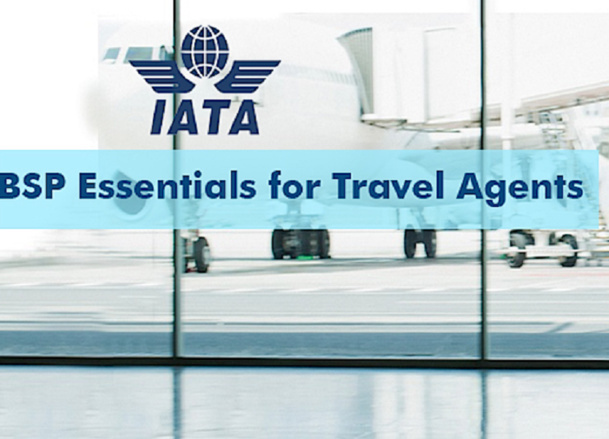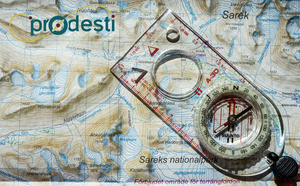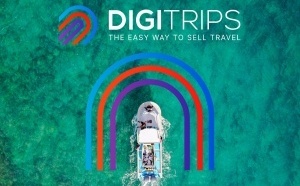
Iata wants to attract tour operators. DR
It’s called TIESS and could soon arrive in the French tourism world.
TIESS, the prosaic acronym for Travel Industry Exchange Settlement Solution, is a payment platform emerging from IATA.
It works following the same model as the BSP with airline companies: it takes and centralizes the payments of travel agencies before paying back tour operators.
It also includes an insurance for unpaid bills along with a global billing system.
This solution is adopted in North America, especially in Canada, for example at Vacances Air Canada or Via Rail.
TIESS, the prosaic acronym for Travel Industry Exchange Settlement Solution, is a payment platform emerging from IATA.
It works following the same model as the BSP with airline companies: it takes and centralizes the payments of travel agencies before paying back tour operators.
It also includes an insurance for unpaid bills along with a global billing system.
This solution is adopted in North America, especially in Canada, for example at Vacances Air Canada or Via Rail.
Modernizing the BSP to attract low-cost companies
IATA states that many French tour operators are currently interested in this platform.
But the SETO has no knowledge of eventual members willing to sign with it.
Especially since today, it is difficult to know how the TIESS will compete with currently used and well-known payment solutions.
Developing TIESS is one of the tools explored by IATA to find opportunities of renewed growth to confront the BSP's losing momentum.
At the time of its launch in 1971, it accounted for 80% of transactions, while it only covers 65% today.
Its market shares are decreasing due to the development of low-cost companies, that don’t go through the BSP, but also online agencies, BTA accounts or direct payments.
Therefore, IATA hopes to improve a system that hasn’t changed since the beginning. The association wishes to attract new TOs, which is needed to maintain a low transaction rate.
To be continued...
But the SETO has no knowledge of eventual members willing to sign with it.
Especially since today, it is difficult to know how the TIESS will compete with currently used and well-known payment solutions.
Developing TIESS is one of the tools explored by IATA to find opportunities of renewed growth to confront the BSP's losing momentum.
At the time of its launch in 1971, it accounted for 80% of transactions, while it only covers 65% today.
Its market shares are decreasing due to the development of low-cost companies, that don’t go through the BSP, but also online agencies, BTA accounts or direct payments.
Therefore, IATA hopes to improve a system that hasn’t changed since the beginning. The association wishes to attract new TOs, which is needed to maintain a low transaction rate.
To be continued...
BSP numbers are still dropping in France
Since the beginning of the year, the turnover (TTC) of BSP is dropping by 3.5%. The month of October is in no better shape, with a drop of 6.7% (not including tax.)
Transactions are following the same negative trend, with a decrease of 4.3% last month and 2.4% since January.
Only the month September seems to be doing a bit better, with an increase of transactions by 2.8% prompted by the payment of refunds following the Air France strike.
Yet this is a small consolation since unpaid bills are still present, amounting to two million euros last October.
Transactions are following the same negative trend, with a decrease of 4.3% last month and 2.4% since January.
Only the month September seems to be doing a bit better, with an increase of transactions by 2.8% prompted by the payment of refunds following the Air France strike.
Yet this is a small consolation since unpaid bills are still present, amounting to two million euros last October.




























![Tourisme : où sont passés les Chinois ? [ABO] Tourisme : où sont passés les Chinois ? [ABO]](https://www.tourmag.com/photo/art/large_16_9/87929923-62307593.jpg?v=1744721842)















